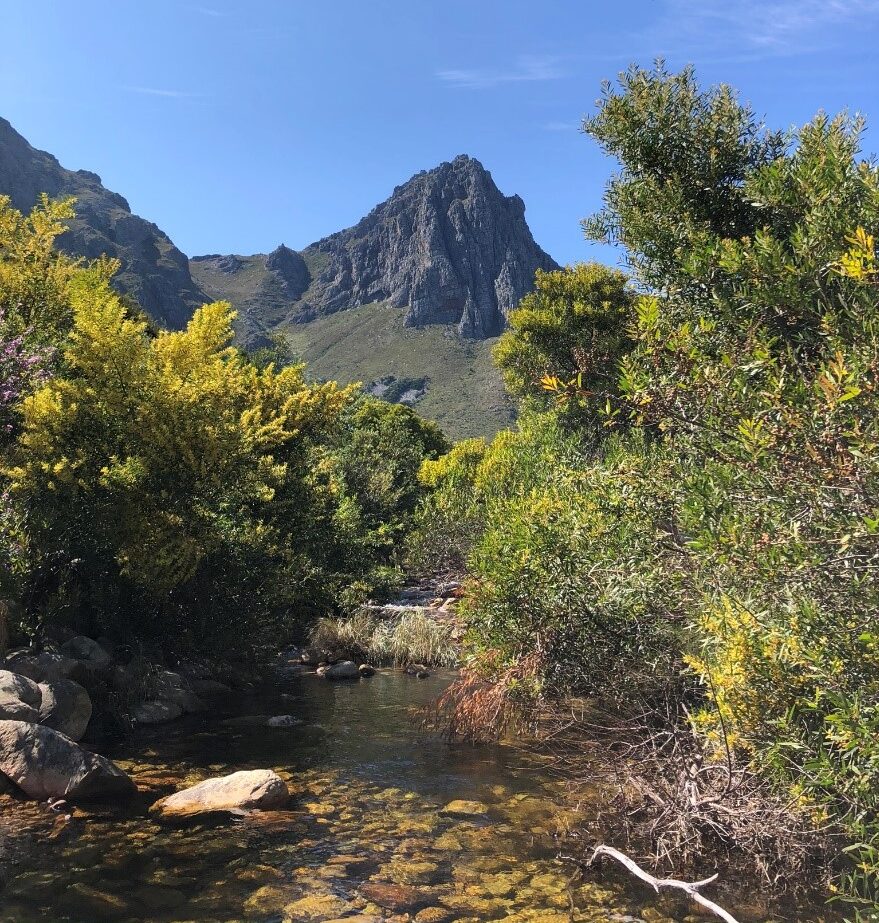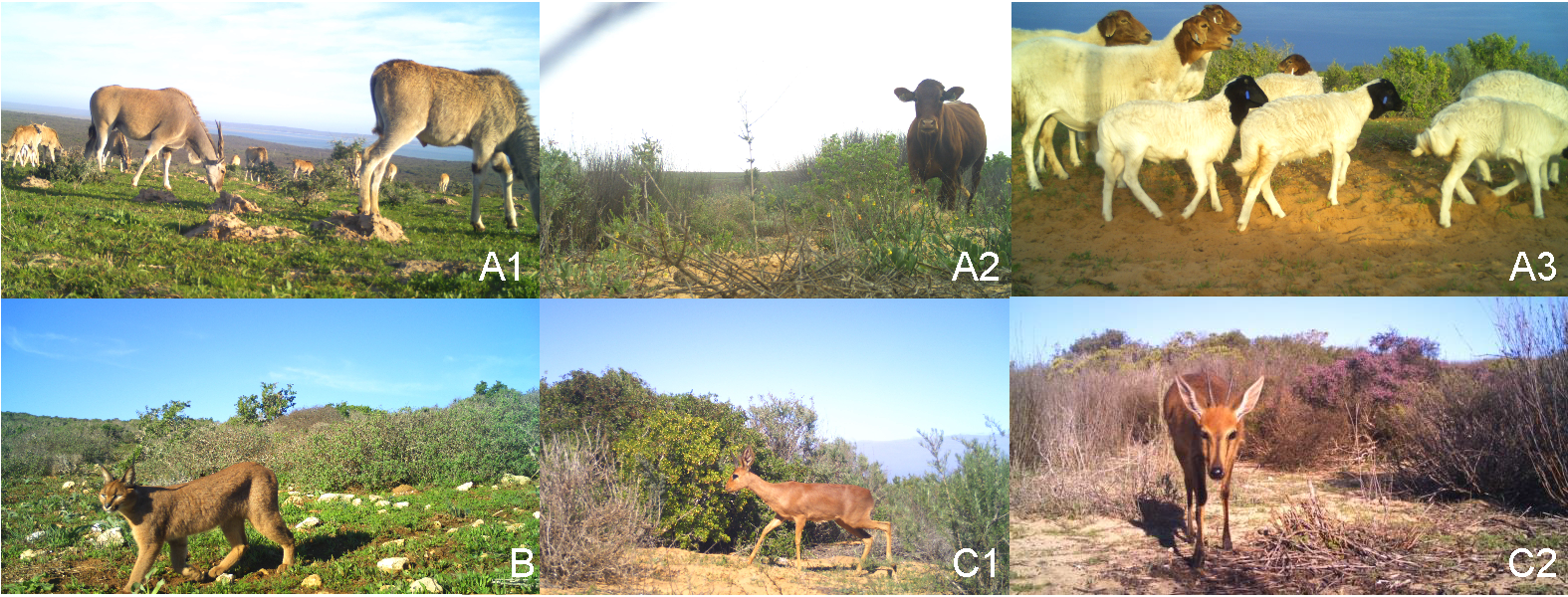Understanding the past, present, and future to guide restoration
A new study by Stellenbosch University researchers shows that a lack of funding, poor communication among stakeholders and inadequate knowledge are the major barriers to successful restoration of riparian zones in the Global South.



